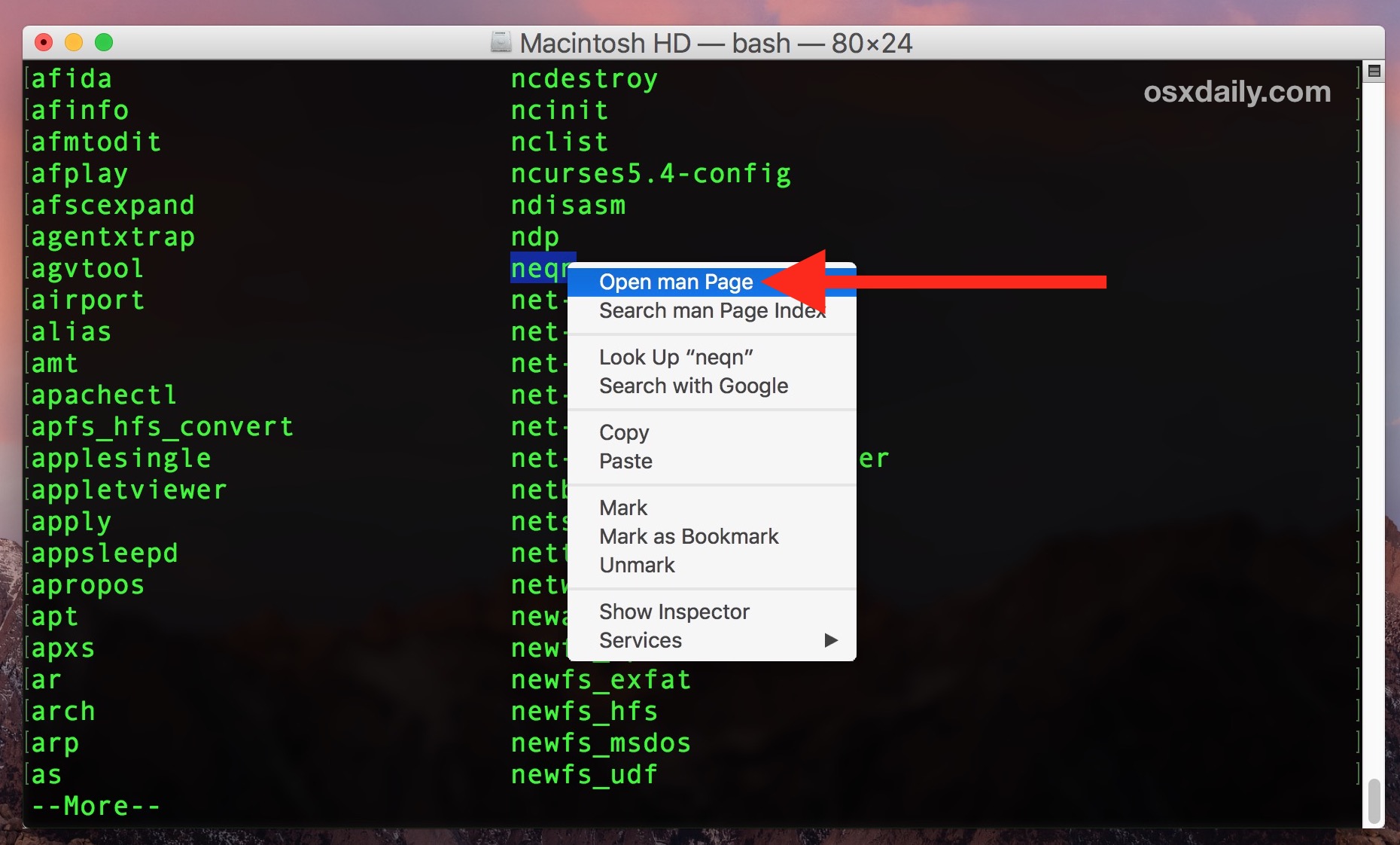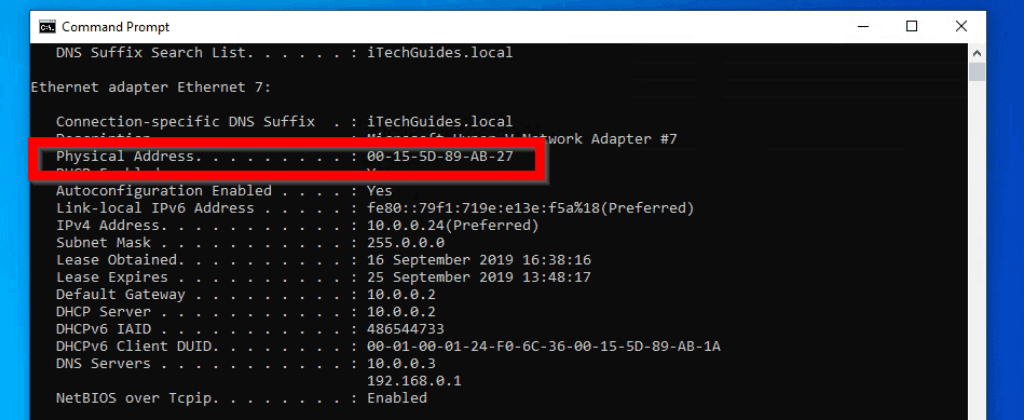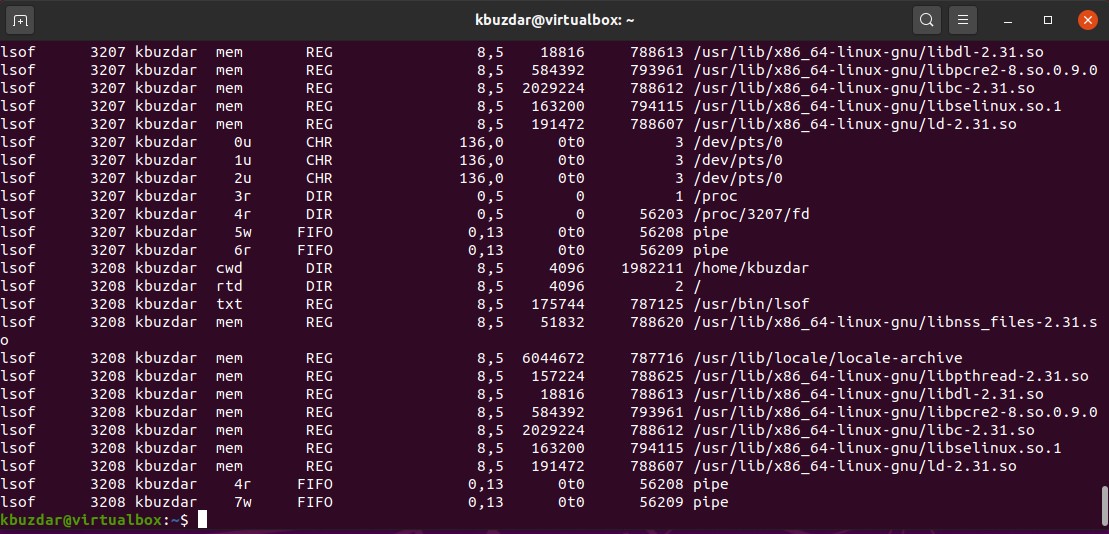

These include the available MCX Profile Extensions: As of OS X Mavericks, the dscl command has extensions for dealing with profiles as well. Nice and easy and you now have profiles that only activate when a computer is started up. Profiles -s -F /Profiles/SuperAwesome.mobileconfig -f -vĪnd that’s it. To use the command, simply add a -s then the -F for the profile and the -f to automatically confirm, as follows (and I like to throw in a -v usually for good measure):
#Mac command line list ports install
Use the -s to define a startup profile and take note that if it fails, the profile will attempt to install at each subsequent reboot until installed.

There is a nifty new feature in the profiles command in Mavericks, where you can configure profiles to install at the next boot, rather than immediately.

usr/bin/profiles -I -F /tmp/HawkeyesTrickshot.mobileconfig The following installs HawkeyesTrickshot.mobileconfig from /tmp: usr/bin/profiles -R -F /tmp/HawkeyesTrickshot.mobileconfig Use -p to indicate the profile is from a server or -F to indicate it’s source is a file. The -I option installs profiles and the -R removes profiles. To see just user profiles, use the -L option: To see all profiles, aggregated, use the profiles command with just the -P option:Īs with managed preferences (and piggy backing on managed preferences for that matter), configuration profiles can be assigned to users or computers. To script profile deployment, administrators can add and remove configuration profiles using the new /usr/bin/profiles command. System/Library/LaunchDaemons and /System/Library/LaunchAgents has a mdmclient daemon and agent respectively that start it up automatically. Once profiles are installed on a Mac, mdmclient, a binary located in /usr/libexec will process changes such as wiping a system that has been FileVaulted (note you need to FileVault if you want to wipe an OS X Lion client computer). You can then install profiles by just opening them and installing. You can export profiles from Apple Configurator or Profile Manager (or some of the 3rd party MDM tools).


 0 kommentar(er)
0 kommentar(er)
